Kom Ombo Temple – A Siamese Twin from Egyptian Mythology
Atop a hillock jutting into a bend of Nile, Kom Ombo Temple features on UNESCO’s Tentative List of heritage sites. In Hieroglyphics, Kom Ombo means the hill of gold (Kom = Hill, Ombo = Gold). Built during 205-180 BCE in the reign of King Ptolemy V, its Greco-Roman style represents the influences of the era.
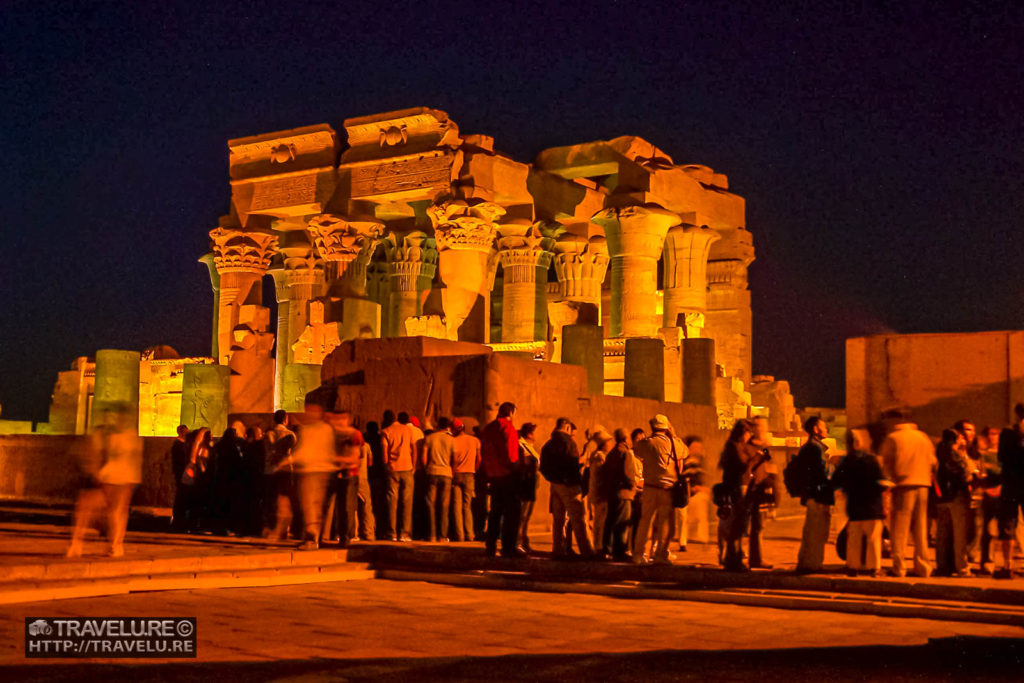
I call it a Siamese Twin from Egyptian mythology as it is one-of-a-kind in entire Egypt – perhaps the only double temple dedicated to two gods, Sobek, and Horus. Ancient Egyptians considered Sobek, the crocodile god, as the god of Nile, and the creator of the world. And they worshipped Horus, the falcon god, as the god of skies and the protector of the Pharaohs and Egypt.
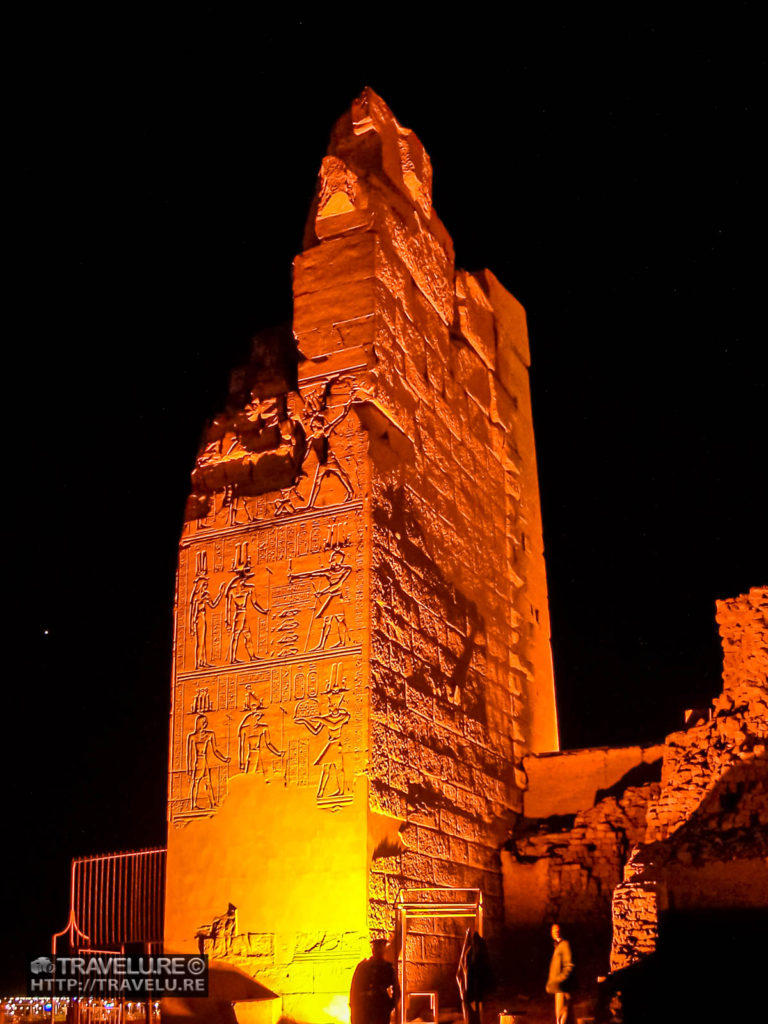
Gods and their logic
People in the region were living in fear of the ferocious crocodiles that infested the Nile river those days. Worshipping the crocodile god came about to appease them and rid the public of the scare.
But how about the falcon god? As a dominant bird of the skies, it symbolises supremacy and control. The apparent motive seems more of propaganda by the Pharaohs to establish their supremacy over Egypt.
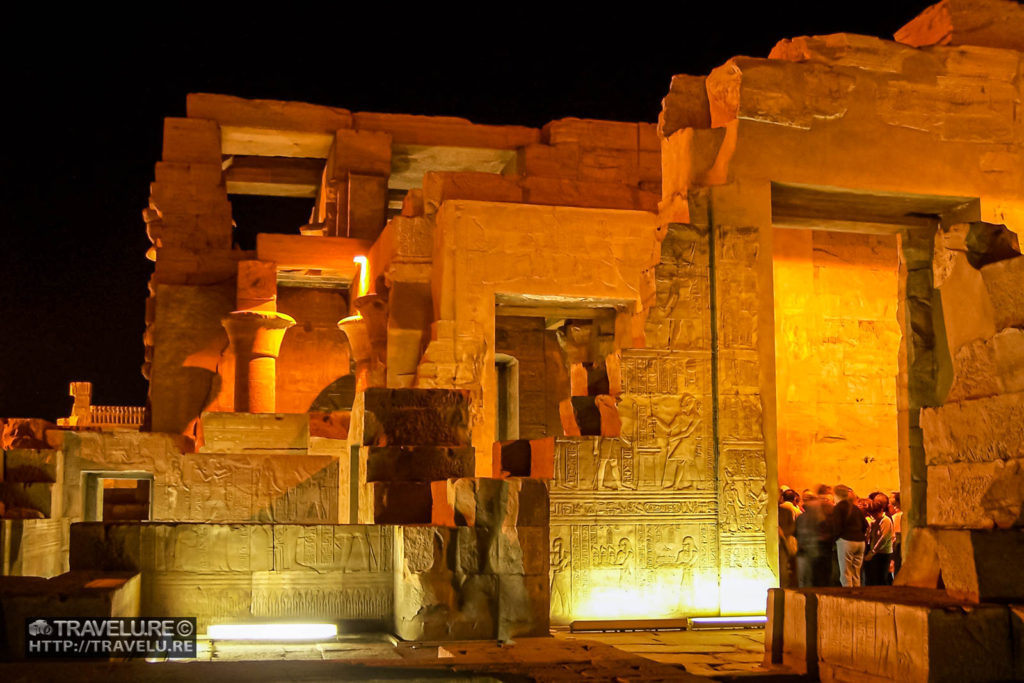
The architecture of the Temple Complex
We reached Kom Ombo in the evening as the cruiser sailed through the day. Though well-illuminated, I felt a morning would offer a better view to photograph this temple.
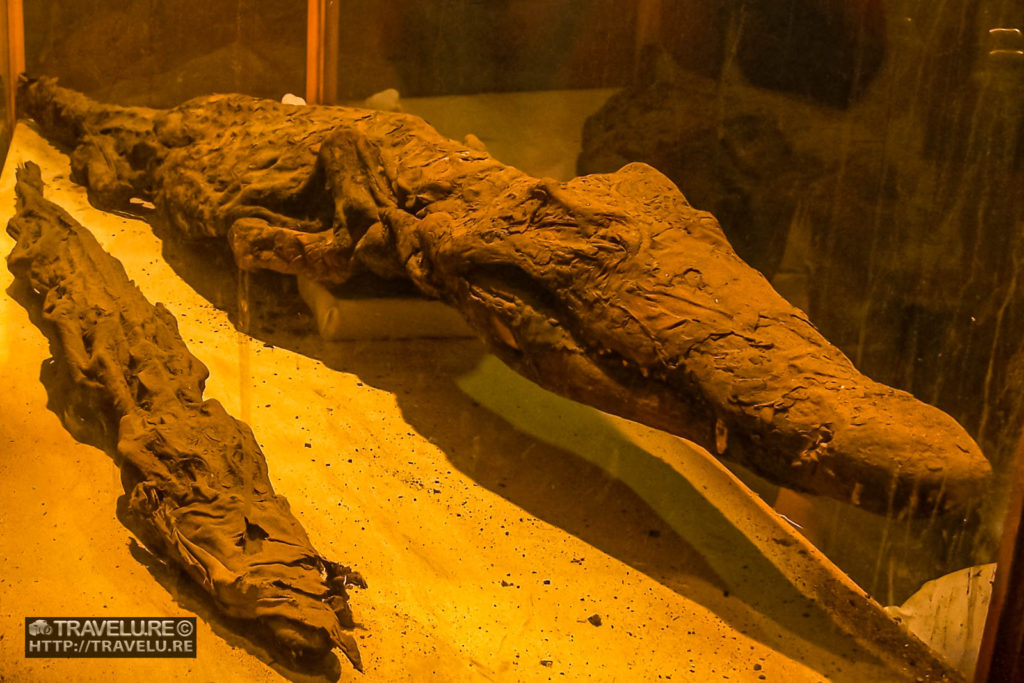
The temple has a rectangular form and its structures, as in most of Egypt, are of limestone. The pillars, hallways, and the walls sport bas reliefs depicting Ptolemies performing rituals. Inside the sanctuary, you will see many mummified crocodiles.
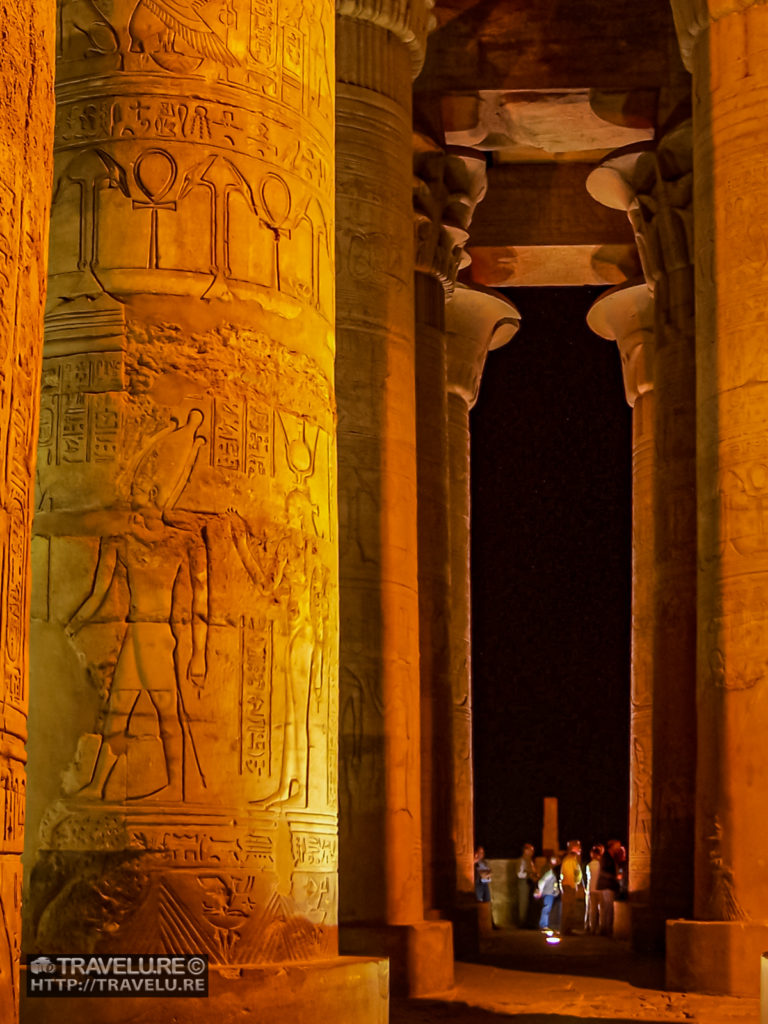
This twin temple had two gateways, one of them decimated, the other represented by half pillars that have survived. These gateways lead to two interconnected hypostyle halls, mirror-image of each other. Further in, past the antechambers, lie the sanctums of the two gods – Horus in the west, and Sobek in the east.
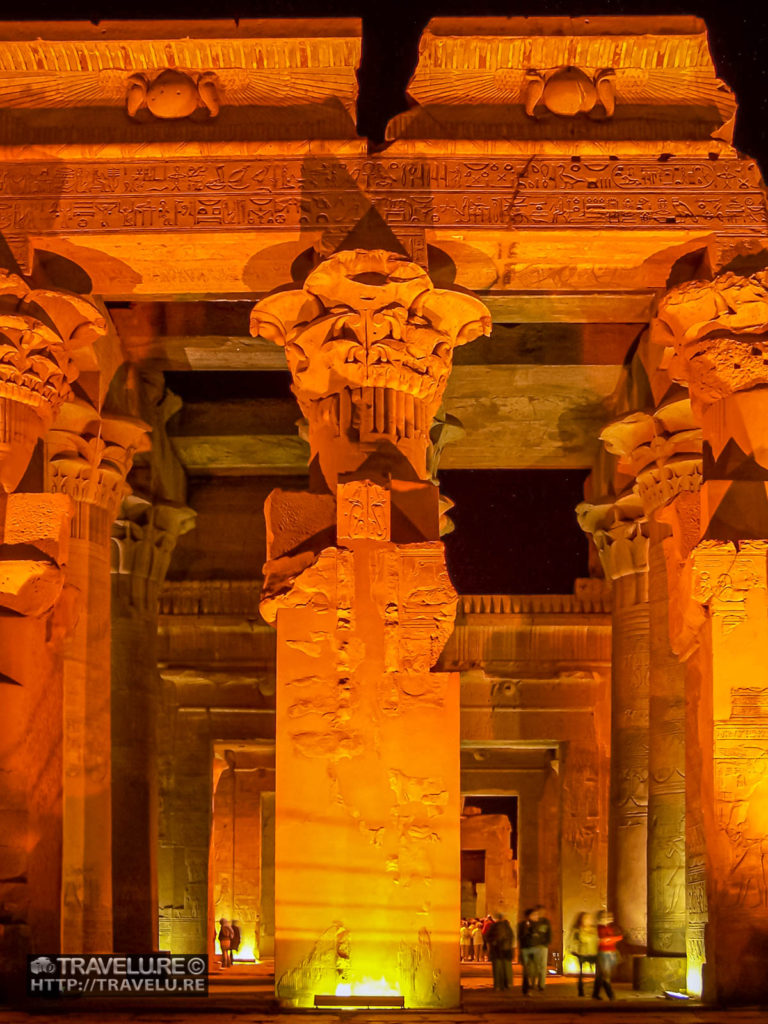
The gods within are not alone. Their respective families accompany them. Horus with his wife Tasenetnofret, and their son Panetawy. And Sobek, with his wife Hathor, and their son Khonsu.
The beauty of the structure is in its imposing edifice. And an interesting feature is the appearance of surgical instruments like scalpels in bas relief on a wall. I’ll bring you another similar, but less-visited temple from Egypt next week.

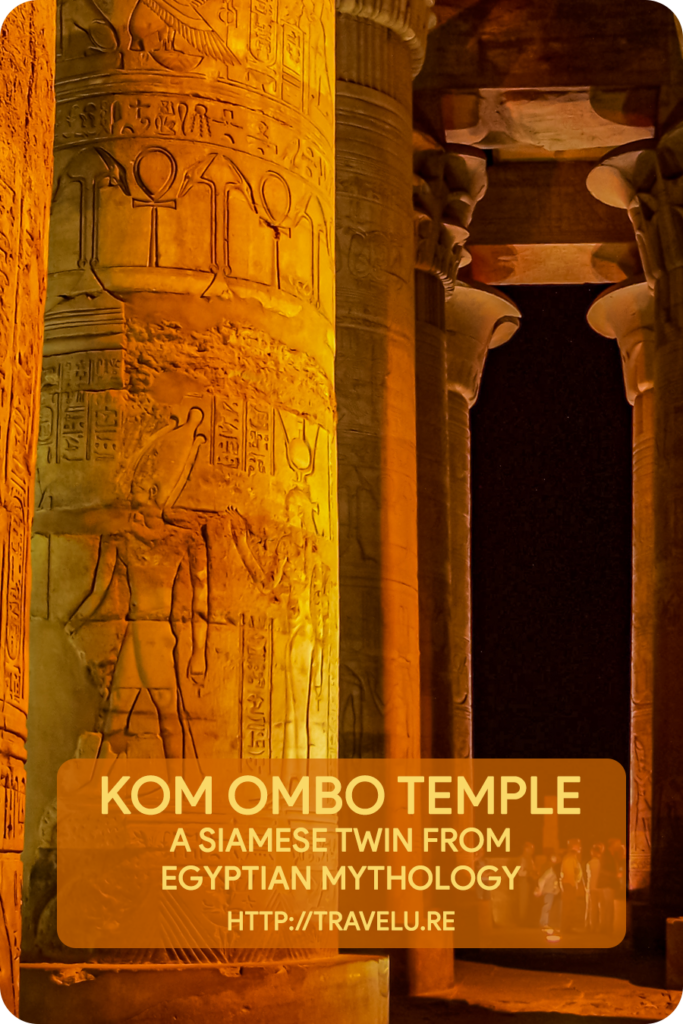
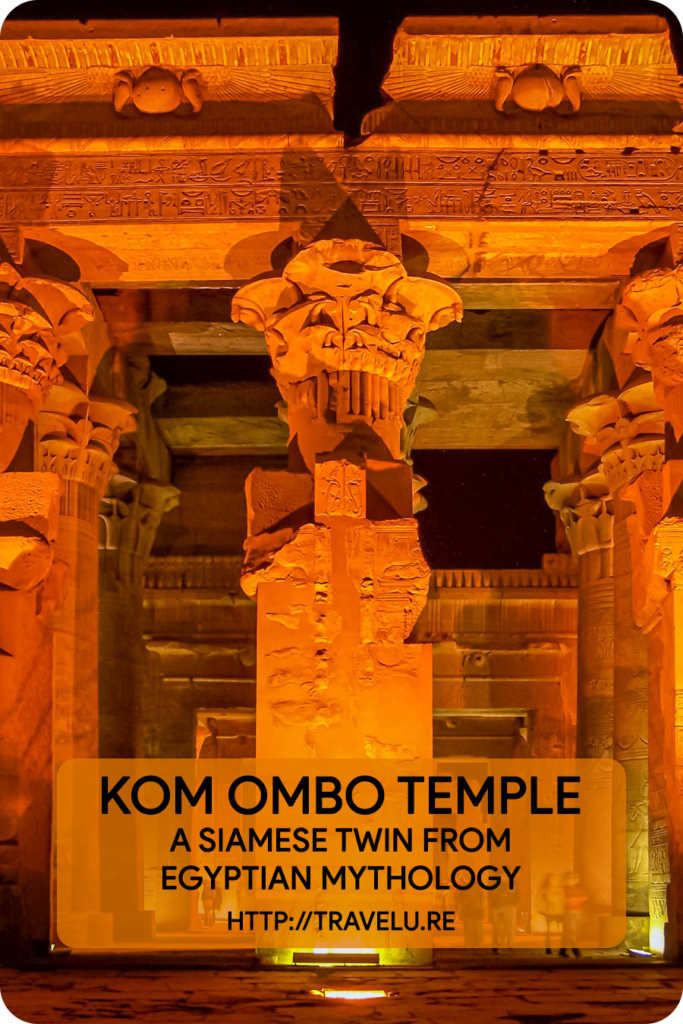
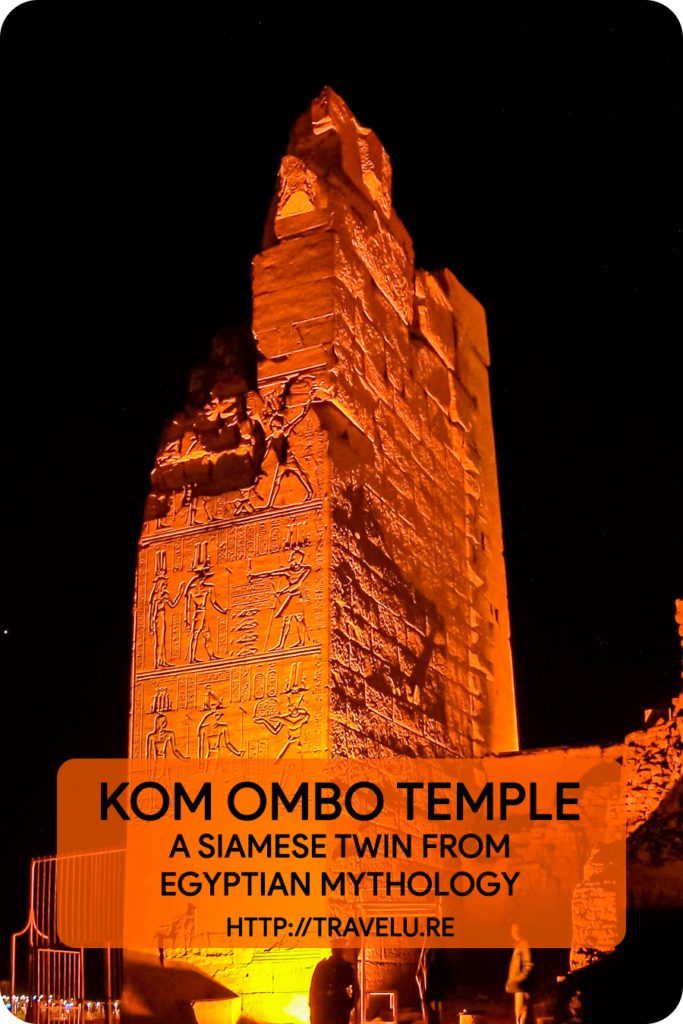
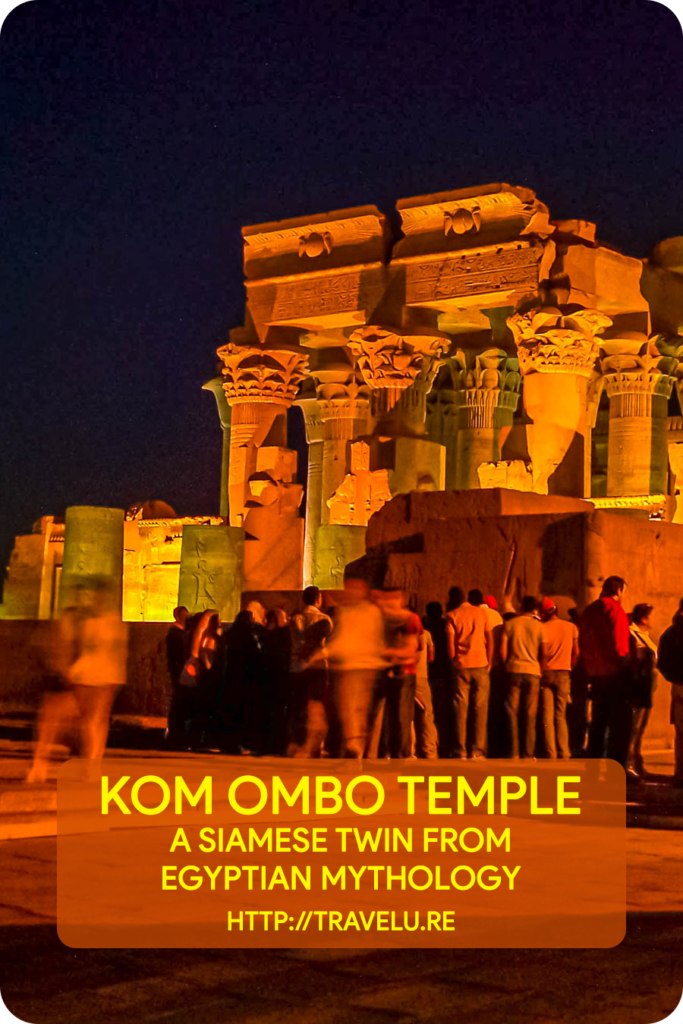
















These photos are absolutely mesmerizing. Fabulous story around the mythology too.
Thanks, Ryan! I find Egyptian mythology mesmerising as it glorifies the supreme power, as well as the mortals who were believed to have been vested with supreme powers. Glad you liked both – the images, and the story!